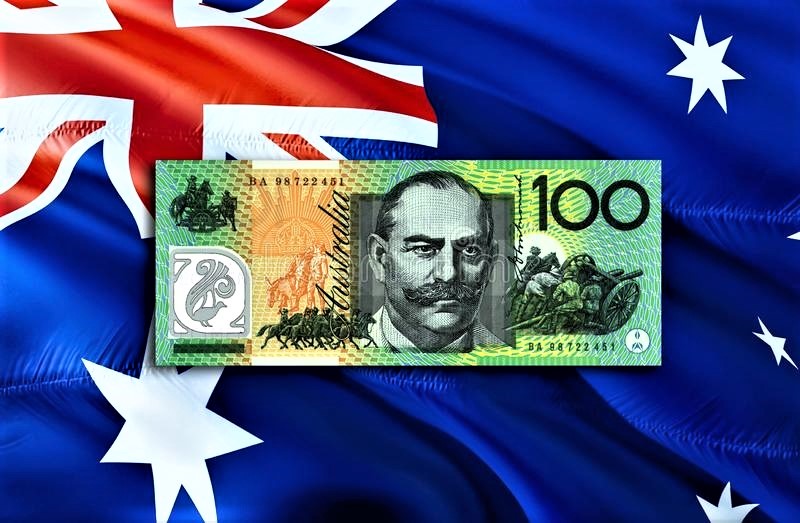Australian Dollar continues to rise against a weaker US Dollar.
On Thursday, the Australian Dollar (AUD) gained gains as the US Dollar (USD) dipped below the 101.00 barrier. Spurred by low US Treasury yields. The AUDUSD pair enjoys additional upward support from better risk appetite. With investors speculating on the Federal Reserve (Fed) taking a dovish stance on interest rates in early 2024.
RBA’s hawkish attitude is influenced by Australia’s healthy economic fundamentals.
Australia’s inflation and property prices are holding up well. , which could persuade the Reserve Bank of Australia (RBA) to retain its hawkish approach. According to the most recent RBA estimates, inflation will be around 2-3% by the end of 2025. The RBA recently stressed the significance of carefully evaluating more data to assess the balance of risks before making future interest rate decisions in its Meeting Minutes. The RBA is widely expected to refrain from cutting interest rates at its policy meeting in February.
China’s NDRC Chairman, Zheng Shanjie, stated that the country will work to increase domestic demand.
Zheng Shanjie, Chairman of China’s National Development and Reform Commission (NDRC), has emphasized the country’s determination to executing familiar policy measures. In a meeting on Tuesday, Zheng stated that China will work to increase domestic demand. While also assuring a quick economic recovery and promoting steady growth.
The The US Dollar Index (DXY) is continuing to fall as the market anticipates likely Fed rate cuts in the first quarter of the new year. This estimate arises from the Fed’s policy pivot in December. When the dot plot of rate expectations predicted up to three cuts, totaling 75 basis points in rate cuts by the end of 2024.
The US Richmond Fed Manufacturing Index fell 11 points in December, beating the market’s projection of a 7-point drop. This follows a 5-point drop in November. The unexpected decline in the manufacturing index may have an effect. On market perceptions of economic conditions. Investors will most likely focus on Thursday’s Initial Jobless Claims and Pending Home Sales data.
Daily Market Movers: The Australian Dollar extends its gains as risk appetite improves.
RBA Private Sector Credit (MoM) increased by 0.4% in November, exceeding the preceding gain of 0.3%. However, year-over-year data showed a 4.7% fall, compared to the preceding 4.8% increase.
In its most recent Meeting Minutes, the RBA emphasized the importance of gathering further evidence to determine the balance of risks before deciding on future interest rates.
China’s industrial profits fell 4.4% year on year from January to November, signaling a slowdown and emphasizing the need for extra policy support from Beijing to boost development in the world’s second-largest economy.
Moreover Former Dallas Federal Reserve President Robert Kaplan underlined that the Federal Reserve is wary of a scenario in which the Monetary tightening becomes excessively constraining.
The US Housing Price Index (MoM) fell to 0.3% from 0.7% the previous month, falling short of the 0.5% expected in October.
Moreover According to the US Bureau of Economic Analysis (BEA). The Core Personal Consumption Expenditures – Price Index (YoY) increased at 3.2% in November. Falling short of the 3.3% expected and 3.4% before. Meanwhile, the month-to-month statistics showed stability at 0.1%. Compared to the market’s forecast of 0.2%.
In Q3, the US GDP annualized expanded at a pace of 4.9%. Somewhat lower than the predicted rate of 5.2%.









